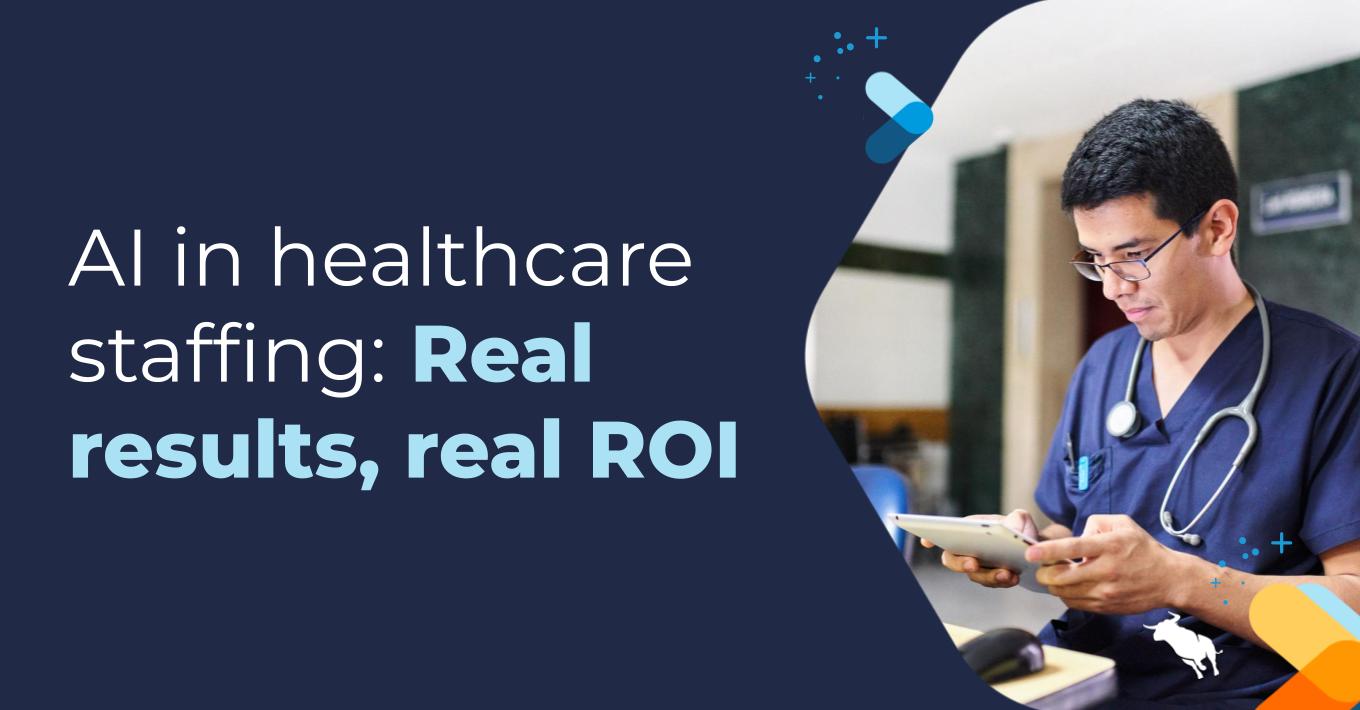VMS Integration Is Changing the Staffing Landscape – Part 1 of 2

What do you know about vendor management systems?
I’ve devoted much of my career to understanding and improving the way that hiring companies and staffing firms use technology, including VMS, and I’m passionate about moving the staffing industry forward with better technology. At Bullhorn, my job is to help staffing firms connect their existing tools — applicant tracking software, customer relationship management software — with data from VMS.
Why is this important? Let’s walk through a short history of VMS.
VMS: A Short History
In the late 90s, large hiring companies wanted a better way to manage staffing suppliers and get the best possible prices for temporary hires, so they started using vendor management systems (VMS) to push job orders out to lists of staffing firms. (You can think of a VMS as a private job board for a hiring company that follows the company’s prescribed purchasing workflow.) Because they were using technology instead of manually working with each firm, hiring companies found that they could quickly measure data on time to respond, time to fill, cost per hire, and fill rate.
For staffing firms, this new development meant that job orders came in automatically, without a phone call with the hiring manager. Long lunches to develop relationships turned into clicks and online notifications. The once-sacred relationship between staffing firms and hiring managers started to change. The use of VMS also meant that staffing competition grew significantly. Each firm found itself competing with many others on a long list, and hiring managers could now use hard data to select the best candidates. Better still, the software enabled hiring organizations to review the performance of staffing firms in order to carefully determine who should be invited to their “private job boards.”
VMS Access
Despite these technological advances, there still wasn’t an easy way for staffing firms to automatically pull job orders from VMS into their own systems in order to quickly match candidates to job orders.
To help staffing firms cope with these sometimes heavy volumes, my team at The Code Works developed VMS Access. With VMS Access, staffing firms can quickly bring requisition data from VMS into their front office or applicant tracking systems. We designed VMS Access to work with any VMS and any ATS.
Last year, John Zappe at ERE described VMS Access this way: “VMS Access is a sort of middleware, making it possible for staffing firms of any size to compete for temp contracts at employers with master supplier contracts or their own vendor management system. With several dozen different software systems in use, an agency has to figure out how to interact with each in order to participate. VMS Access provides that solution, connecting with more than 40 different VMS to collect job reqs and other information and delivering it to the front-end systems most commonly used by staffing agencies.”
Bullhorn saw the value in helping staffing firms automate their processes, so last year Bullhorn acquired VMS Access. Now any staffing firm (whether it uses Bullhorn’s ATS or not) can work with Bullhorn to take advantage of VMS Access. Using VMS Access, staffing firms can send the right job orders to the right people at the right time.
I’ve seen staffing firms dramatically grow their business just from using VMS Access. Many firms see a significant lift in fill rates due to decreased time to submit.
Staffing technology has come a long way, but from my point of view, we’re at a crucial turning point. In my next post, I’ll share what the future holds for VMS and the staffing industry.








